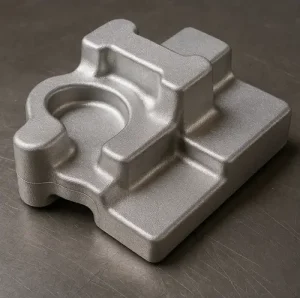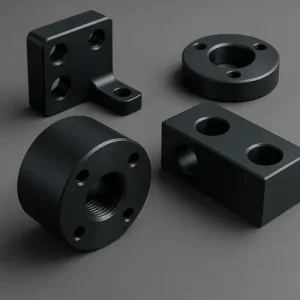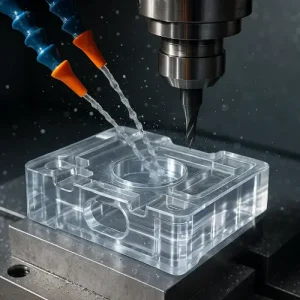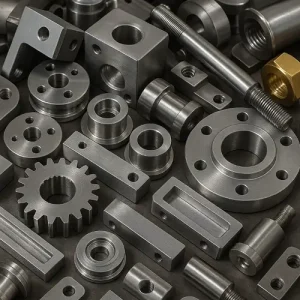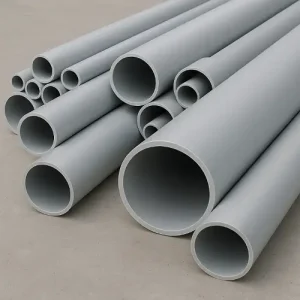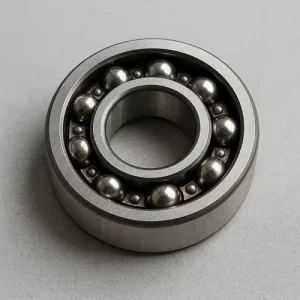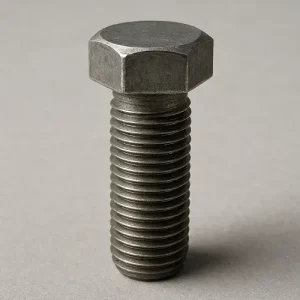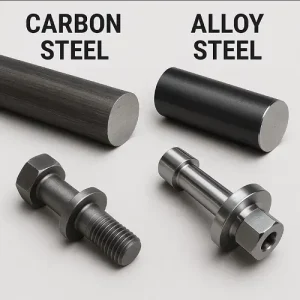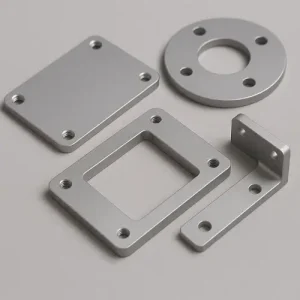Cast Aluminum and Aluminum Casting: A Guide You Need to Know
Aluminum, as a lightweight metal, is widely used thanks to its low density, corrosion resistance, and excellent thermal conductivity. In automotive lightweighting, aerospace, machinery manufacturing, and consumer products, cast aluminum and aluminum casting processes play a crucial role. From large engine housings to everyday furniture and cookware, cast aluminum parts have become an essential component …

